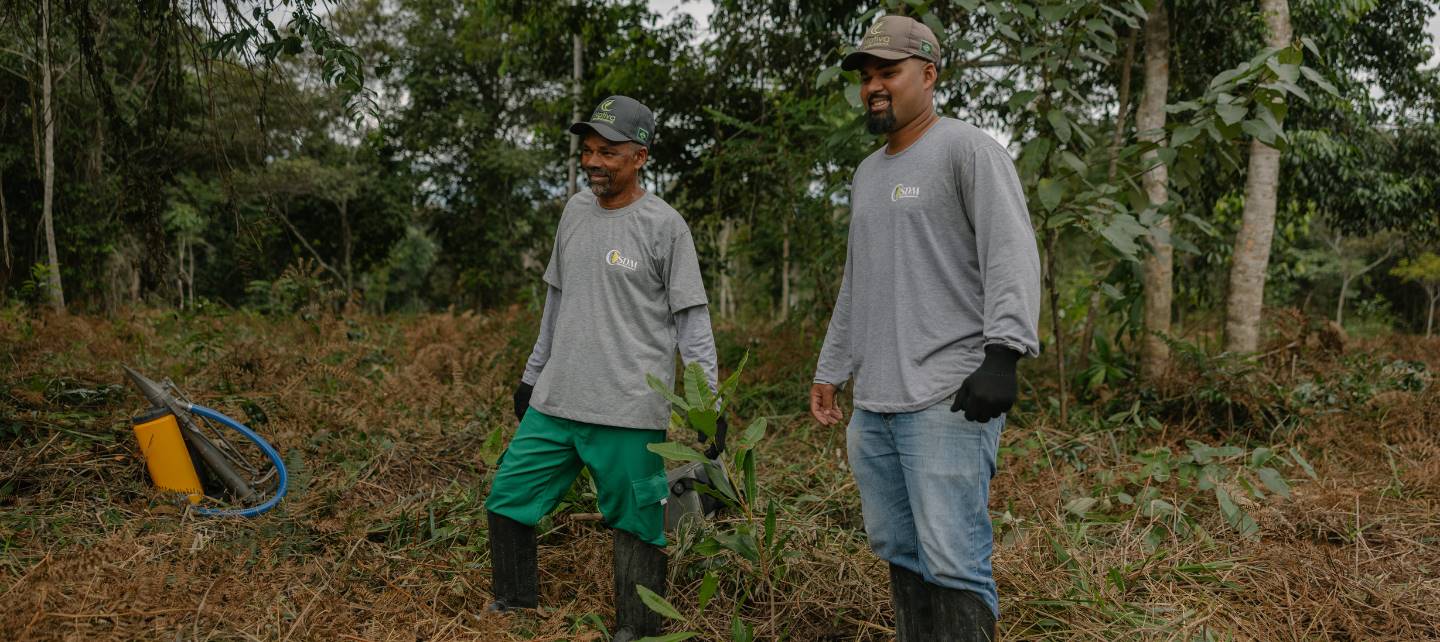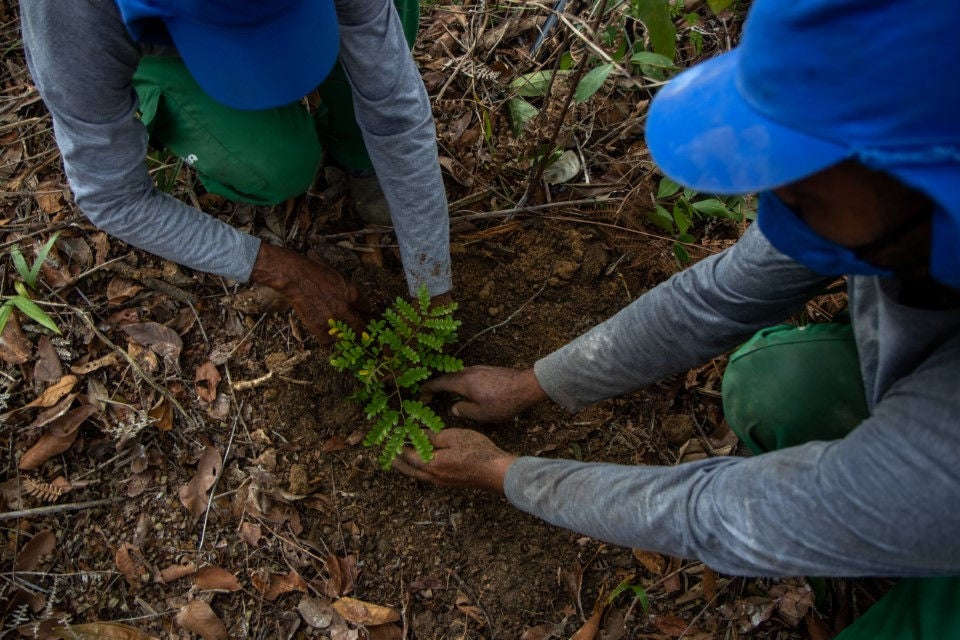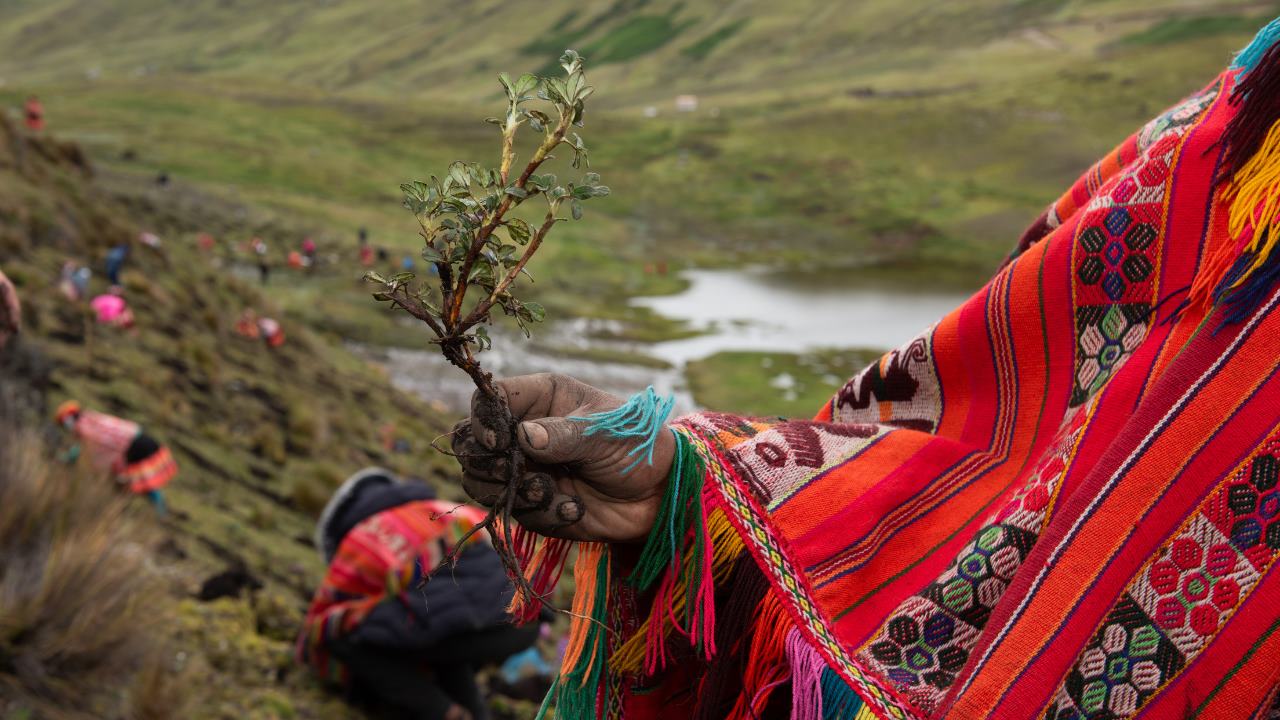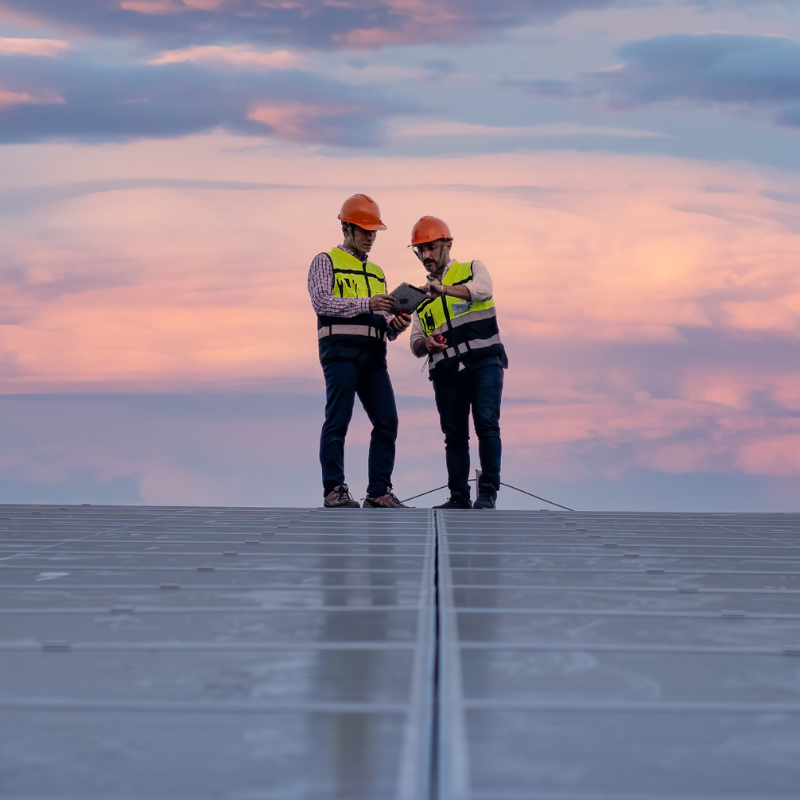David grew up in Brazil’s southern Bahia state, called the cradle of Afro-Brazilian culture. He always had a deep connection with the land, known for its large swaths of pristine beaches, lush vegetation and breathtaking cliffs, but there weren’t many jobs in the area. In 2015, he left for São Paulo, a bustling city a thousand miles southwest, in search of work.
David’s job in the city as an operational assistant in the logistics department of a supermarket provided a steady income; however, his quality of life steadily deteriorated. Every day, he had to wake up at 4 a.m. to battle the city’s famously congested streets in order to start work by 7 a.m. He often couldn’t return to his apartment until late into the night. For eight years, he kept up this exhausting routine, always looking for an opportunity to return home to Bahia.
In 2023, that opportunity appeared, in the form of a new restoration project in Pau Brasil National Park. David’s father has long worked for Grupo Ambiental Natureza Bela (GANB), a nonprofit that focuses on restoring the Atlantic Forest, one of the most biodiverse forests in the world, home to thousands of plant species and hundreds of birds, reptiles and mammals that can be found nowhere else in the world. When he caught wind that GANB was partnering with the Priceless Planet Coalition (PPC) — the initiative founded by Mastercard in collaboration with Conservation International (CI) and the World Resources Institute to fund the restoration of 100 million trees — on a new program there, he helped David land a job with the team.
Forest restoration helps combat climate change, sustains biodiversity and creates healthier water, air and land, and it can help propel the economic health of the surrounding communities, as well, creating jobs for local workers, building new skills and nourishing nascent sectors, from ecotourism to carbon finance.
Pau Brasil National Park is a protected area of the Atlantic Forest, which once covered most of Brazil’s coast but has now been reduced by more than 80%. Still, it remains a hotspot for biodiversity: in one hectare, you can find more than 400 species of flora, says Ludmilla Pugliese, director of landscape and forest restoration for Conservation International Brazil.
The project, implemented by CI-Brazil, aims to create what Pugliese calls a “biodiversity corridor:” 5,000 hectares of restored woodlands that will connect three other fragments of forest. In the process, it will also help to preserve rare plants, mitigate climate change and increase the water supply. Pugliese estimates the whole process will take several years, from the collecting of seeds to ensuring that the trees are stable.




